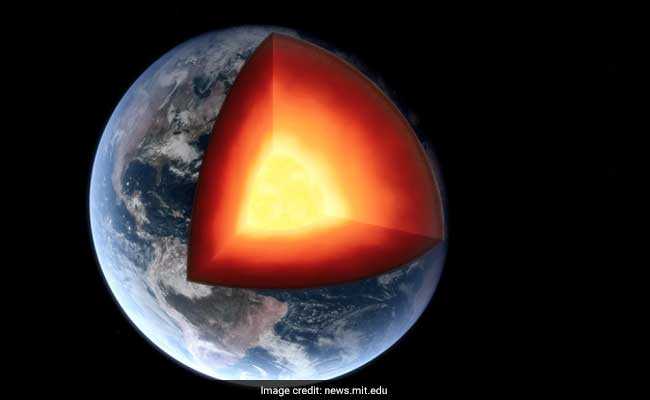The Aditya-L1 rocket has been put in the Corona circle, a worthwhile point from where it can concentrate on the Sun unhindered by shrouds.
New Delhi: Indian Space Exploration Association’s Aditya-L1 rocket finished its 1.5 million kilometer-long excursion today to concentrate on the Sun. The aggressive excursion started four months prior and arrived at its objective. The Aditya-L1 rocket has been put in the Corona circle, a profitable point from where it can concentrate on the Sun unhindered by shrouds.
State leader Narendra Modi made the enormous declaration on X (previously Twitter) and cheered the space office for the accomplishment. “India makes one more milestone. India’s most memorable sun powered observatory, Aditya-L1 arrives at its objective,” the Top state leader said.
India makes one more milestone. India’s most memorable sun oriented observatory Aditya-L1 arrives at it’s objective. It is a demonstration of the tenacious devotion of our researchers in acknowledging among the most perplexing and complicated space missions. I join the country in cheering this…
— Narendra Modi (@narendramodi) January 6, 2024
“I join the country in praising this exceptional accomplishment. We will keep on seeking after new wildernesses of science to assist mankind,” he added.
“I join the country in cheering this uncommon accomplishment. We will keep on seeking after new outskirts of science to assist humankind,” he added.
“One more terrific accomplishment achieved by ISRO! As a feature of India’s lady sun based mission, Aditya L1, the observatory has been put in the last circle and arrived at its objective at Lagrange Point 1,” President Droupadi Murmu said.
The President lauded the support of ladies in the mission. Aditya-L1 is ISRO’s most memorable mission to concentrate on the Sun. Nigar Shaji is a researcher at the UR Rao Satellite Center, part of ISRO, in Bengaluru and is the task chief for India’s most memorable space-based sun oriented observatory.
Science and Innovation Pastor Dr Jitendra Singh considered it ISRO’s “Sun Dance” and said it’s “A wonderful turn of the year for Bharat!”
“India is gladly looking at the Sun,” Congress President Mallikarjun Kharge said, adding, “We join the country in praising an uncommon achievement by our devoted researchers and space engineers at ISRO, as India’s most memorable sun based observatory Aditya-L1 arrives at its objective.”
“India started its excursion to the Sun in 2006 when our researchers proposed a sun powered observatory with a solitary instrument for the Sun,” he said.
“It’s a pleased second for sure for Indians,” Maharashtra Vice president Clergyman Devendra Fadnavis said.
How Will Aditya-L1 Respond?
The space observatory will watch out for the changing space climate and caution researchers about negative changes including, sun based tempests and flares that might affect the working of satellites. A sun oriented storm is a huge scope attractive ejection on the Sun which can influence the whole planetary group.
“Since Aditya-L1 will take a gander at the Sun consistently, it can caution us of inescapable sun based electromagnetic impacts on The planet and safeguard our satellites, and other power electrical and interchanges networks from getting upset. This will assist with proceeding with ordinary activities by working them in protected modes, till the sun based storm cruises by,” ISRO Administrator S Somanath had told NDTV.
Mr Somnath said that India has resources worth over ₹ 50,000 crores in space including, north of 50 functional satellites that should be safeguarded against the fury of the Sun.
The Aditya-L1 satellite, conveying seven payloads, will likewise lead logical examinations to more readily figure out the photosphere, chromosphere and the furthest layers of the Sun (the crown) utilizing electromagnetic, molecule and attractive field locators.
Worked for ₹ 400 crore, the almost 1,500 kg satellite will work as the principal space-based Indian observatory to concentrate on the sun almost 1.5 million kilometers from the Earth. The L1 point or the Lagrange-1 point is only one percent of the all out distance between the Earth and the Sun, which is around 148 million km.










+ There are no comments
Add yours